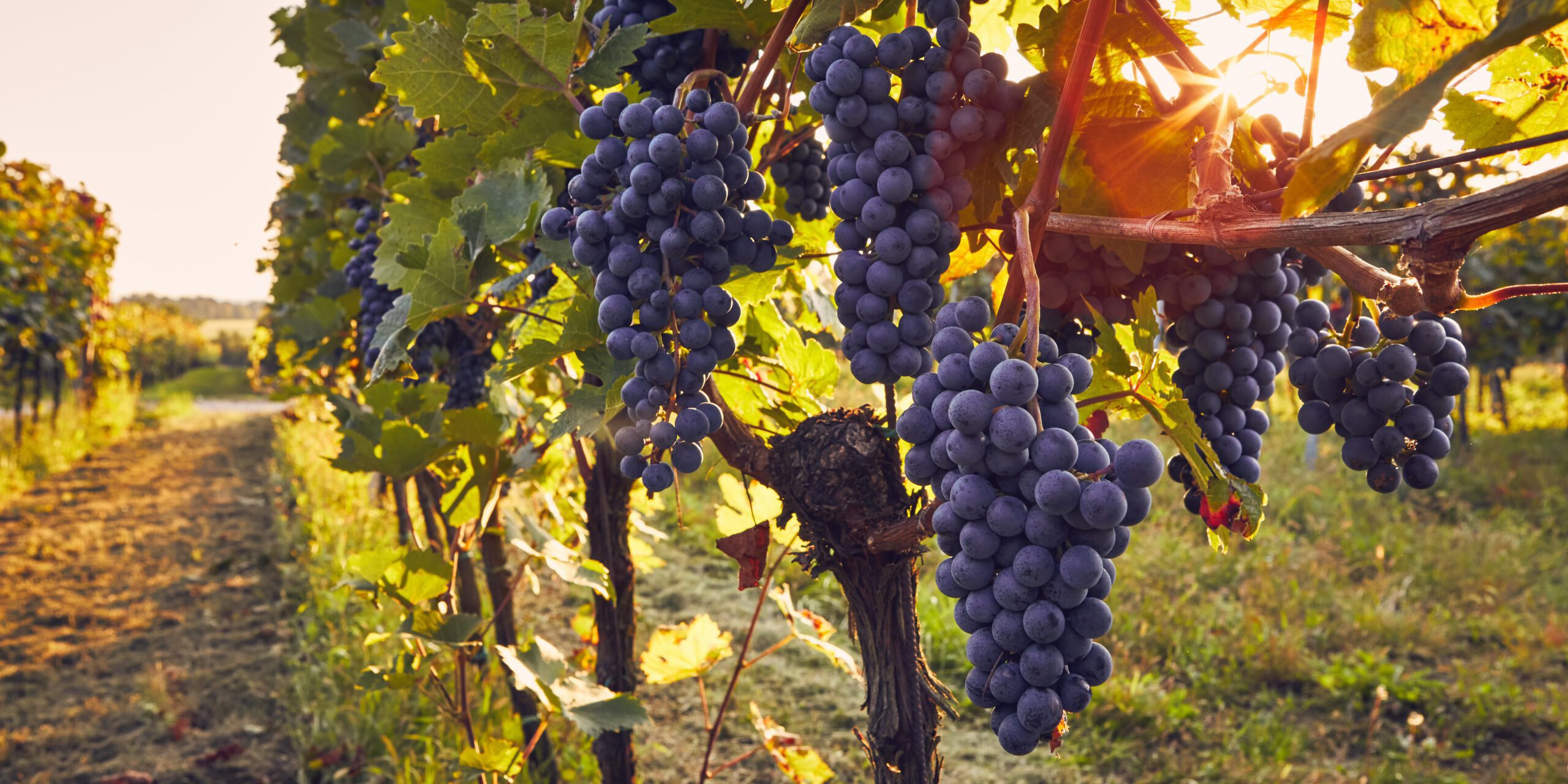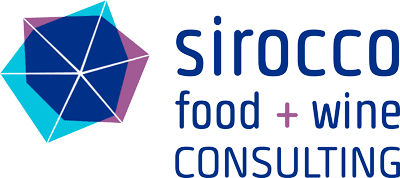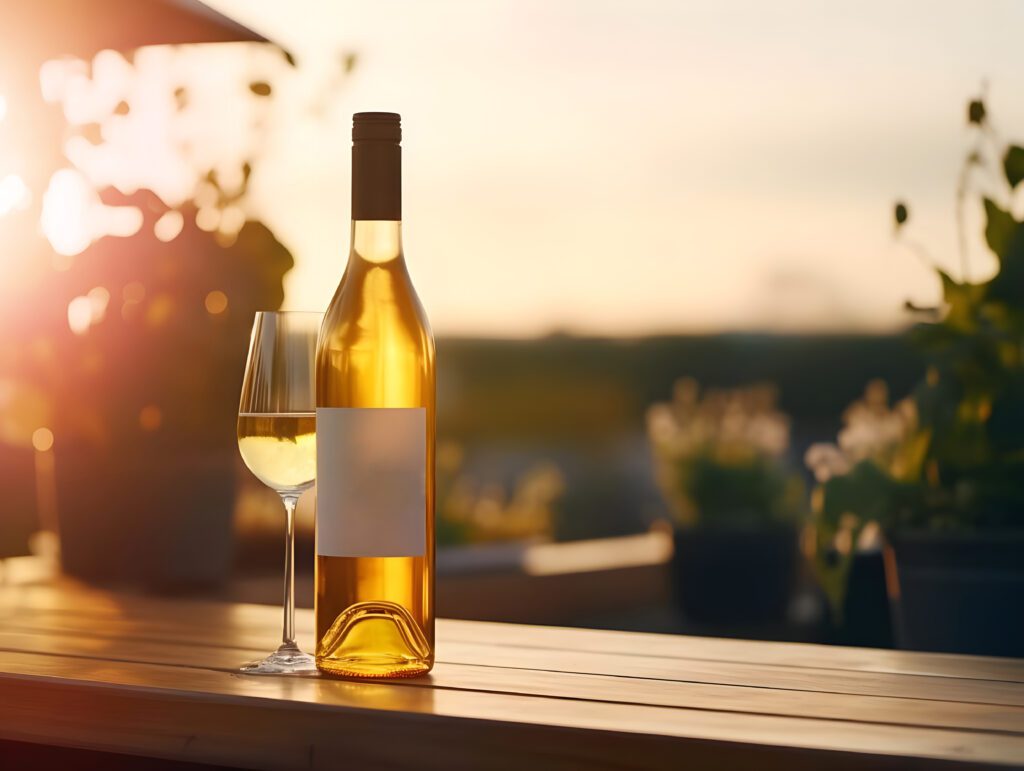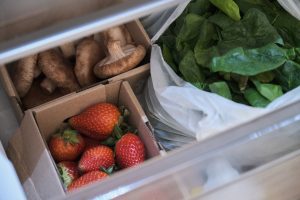According to Forbes magazine, the zero and low alcohol beverage market (also referred to as “low and no ABV beverage market”) is trending upwards in 2024. This booming global market was estimated at USD 2.1 Billion in 2023 in the United States and is expected to reach a market size of USD 4.9 Billion by 2032. Market researchers report that consumers, specifically younger consumers who are seeking a healthier and more sustainable lifestyle tend to turn to dealcoholized wine and beverages.
These beverage blends present higher food safety risks since they are lower in alcohol and generally higher in sugar. The zero alcohol drinks are also regulated as “food” and subject to food labeling and food safety regulations.
So, what is dealcoholized wine? How is it made? What are the food regulations in effect in Canada and the US for these products?
Food scientists and regulatory experts answer the most asked questions
What is dealcoholized wine? Does it have any alcohol? What is the difference between non-alcoholic and dealcoholized?
In Canada, the term “dealcoholized” describes a beverage with an alcohol level less than 1.1% (federal regulations). The terminology applies to wine, beer and other fermented products which have been treated to remove alcohol. A “partially dealcoholized wine” claim is used for wine with an alcohol level above 1.1%. If using a claim such as “non-alcoholic” or “alcohol-free”, the product alcohol level must be less than 0.05%.
In the United States, the US FDA considers use of the terms “dealcoholized” and “alcohol-removed” to refer to alcohol content not exceeding 0.5 % by volume.
What is the process of dealcoholizing wine?
Dealcoholized wine is a fermented product that has had the majority of its alcohol content removed. This is typically done through a distillation process, which heats the wine to evaporate the alcohol. In an effort to preserve taste, a filtration process is generally preferred.
Reverse osmosis is used to make dealcoholized wine. This water purification method uses semi-permeable membranes to separate the ethanol.
So, what technology removes alcohol from wine? While distillation will affect the flavour of the wine, reverse osmosis (cross-flow filtration) preserves wine sensory quality. As a result, the wine contains much less alcohol.
Operating a crossflow filter requires technical training. When opting for filtration to produce dealcoholized wine, it is recommended to work with a filtration equipment specialist with knowledge of food regulations.
Does dealcoholized wine have sulphites?
 Sulfite is a well-known preservative that is added to wine during the winemaking process to prevent oxidation and spoilage. Sulfur dioxide is widely used for yeast and spoilage bacteria control. Proper good manufacturing practices (GMP), sanitation and handling are also essential to avoid any potential spoilage or contamination of wine during the alcohol removal, blending and bottling process.
Sulfite is a well-known preservative that is added to wine during the winemaking process to prevent oxidation and spoilage. Sulfur dioxide is widely used for yeast and spoilage bacteria control. Proper good manufacturing practices (GMP), sanitation and handling are also essential to avoid any potential spoilage or contamination of wine during the alcohol removal, blending and bottling process.
Unless the wine that was used in the process was free of sulphite (meaning that the wine is certified organic or “natural”), the finished dealcoholized wine will contain sulphites. Sulphites will need to be declared on the product label.
In Canada, the wine will require French and English declaration because it is a priority allergen. In the United States, wine is regulated under the Alcohol and Tobacco Tax and Trade Bureau (TTB). Sulphites are not priority allergens under US food regulations. Declaration of sulphite (also spelled “sulfite”) is mandatory if the wine contains over 10 ppm of sulfur dioxide.
Does dealcoholized wine have more sugar?
Dealcoholized wine is often made with neutral wine that must be blended with grape juice concentrate or juice to bring its alcohol level down to regulatory levels and for palatability (taste); The sensory profile of the base wine must generally be enhanced to create a flavourful product. A varietal single strength juice or concentrate may be used in the product formulation.
Blending dealcoholized wine with juice concentrate or juice adds flavour and decreases sourness while increases sweetness. From a sensory perspective, sweetness and defined flavours are important to ensure customer liking.
Does dealcoholized wine go bad?
Shelf stability and food safety are two critical aspects of the manufacturing of no or low ABV beverages. In order to prevent re-fermentation or spoilage of dealcoholized wine, a bacterial control step or “kill step” must be applied and monitored. Traditional methods of beverage preservation include pasteurization and hot fill processes. Novel methods include cold pasteurization methods involving the injection of dimethyl decarbonate (DMDC).
In Canada, DMDC can be used in unstandardized water-based non-alcoholic beverages at a level of 250 ppm. In wine, usage is limited to 200 ppm. Unstandardized water-based non-alcoholic beverages include ready-to-drink teas, fruit-flavoured sports drinks, energy drinks, and carbonated flavoured soft drinks. DMDC is approved for use in dealcoholized wine by Health Canada.
In the United States, DMDC is used in wine, dealcoholized wine, and low alcohol wine in an amount not to exceed 200 parts per million. It is also approved in ready-to-drink teas in an amount not to exceed 250 parts per million.
As per the regulations, and in carbonated or noncarbonated, “nonjuice-containing (less than or equal to 1 percent juice), flavored or unflavored beverages containing added electrolytes (5-20 milliequivalents/liter sodium ion (Na + ) and 3-7 milliequivalents/liter potassium ion (K + )) in an amount not to exceed 250 parts per million.” Lastly, in carbonated and diluted beverages containing juice, fruit flavour, or both, with juice content not to exceed 50 percent, in an amount not to exceed 250 parts per million.
Labeling requirements for dealcoholized wine

In Canada, any ingredients that are permitted in wine are permitted in dealcoholized wine. CFIA labeling requirements are as follows:
A list of ingredients may or may not be required on the label of “dealcoholized wine”, depending on whether permitted ingredients are added before or after dealcoholisation. For permitted ingredients added before dealcoholisation, during the course of manufacture of the original wine ingredient, a separate list of ingredients is not needed. Ingredients added after dealcoholisation, directly to the dealcoholized wine, must be declared in the list of ingredients, for example, “dealcoholized wine, sugar, glucose, etc.”
“Dealcoholized wine” is an acceptable common name if single strength grape juice (sweet reserve) is added to the wine product, as it is an acceptable industry practice. It may also contain added water but only to replace the amount removed during the dealcoholisation process. However, if ingredients not permitted by the wine standard, other than grape juice and water, are added to the product either before or after dealcoholisation, the common name “dealcoholized wine” is not acceptable. The product could, for example, be called “dealcoholized wine beverage” or “dealcoholized wine with (naming the ingredient)”, and a list of ingredients would be required.
In the US, dealcoholized wines are subject to the labeling provisions of the Federal Food, Drug, and Cosmetic Act. The dealcoholized wine label must be FDA-compliant. The following information is required:
- The statement of identity: “dealcoholized wine”
- Net quantity: The net quantity of contents indicates the amount of dealcoholized wine in the container. It must be expressed in fluid measure, fluid ounces or liters.
- Name and place of business: you must list the name and address of the manufacturer, packer, or distributor. Display “manufactured for” or “distributed by” where applicable.
- Ingredient list: All wine ingredients must be listed in descending order of predominance by weight.
- Nutrition Facts: A Nutrition Facts Panel containing information on serving size, calories, and nutrients must be displayed on the label. The Nutrition Facts label may be placed together with the ingredient list and the name and address (name and address of the manufacturer, packer, or distributor) on the front label or Principal Display Panel (PDP)”.
Sirocco Food + Wine Consulting provides food safety, regulatory and sensory evaluation services to the food, wine and beverage industry in Canada and the United States. We develop HACCP, Canadian PCP and Preventive Control Plans for Human Food. We also provide labeling services for dealcoholized wine and beverages sold in Canada and the United States. Contact us to schedule a free consultation.





